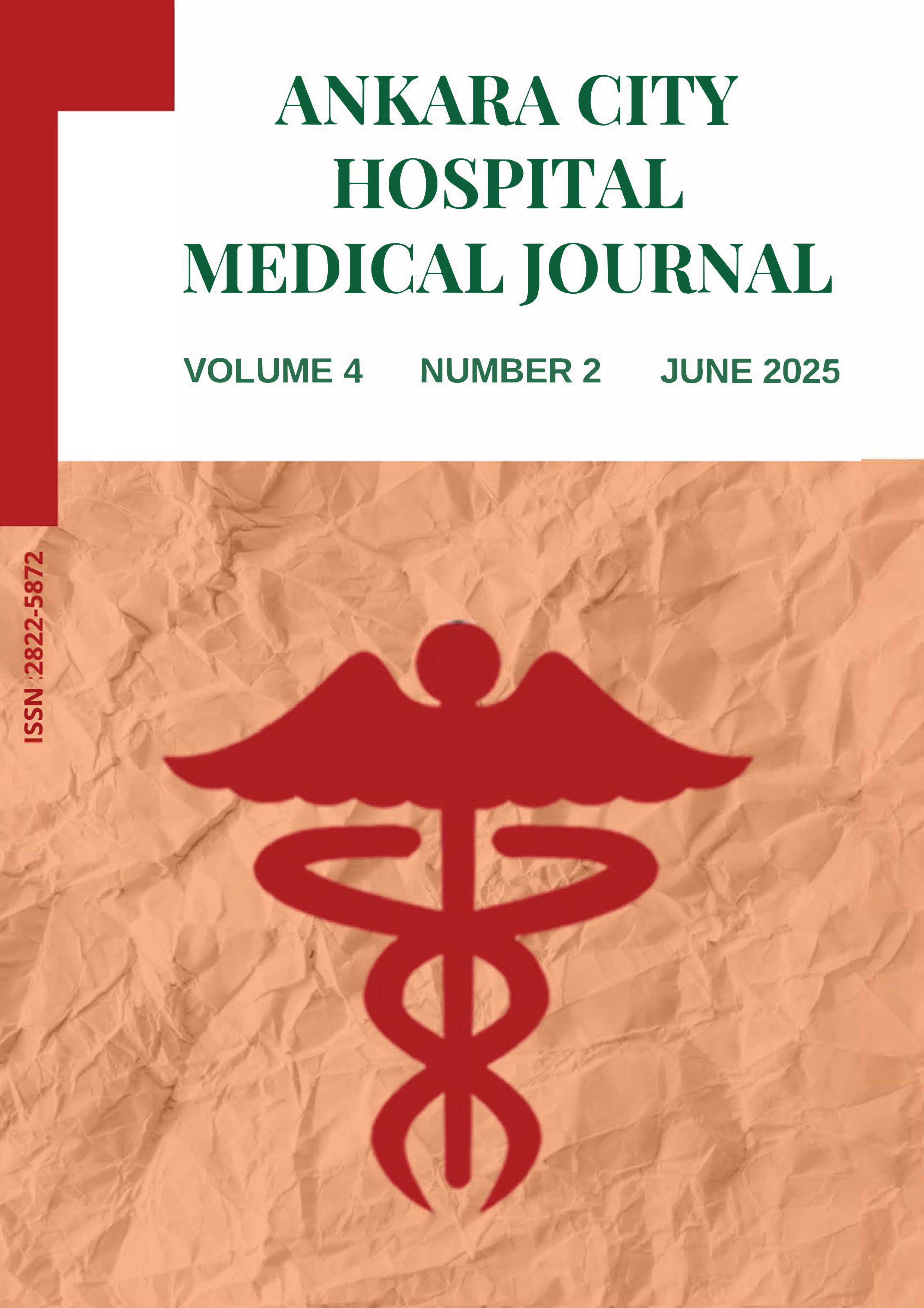
The Effect of Preservation of the Bladder Neck on Incontinence Rates in Patients Who Undergo Robot-Assisted Laparoscopic Radical Prostatectomy
Tanju Keten1, Ali Yasin Özercan1, Burak Köseoğlu1, Ahmet Burak Yılmaz1, Ünsal Eroğlu1, Yalcin Kizilkan1, Melih Balci2, Özer Güzel1, Yılmaz Aslan2, Cüneyt Özden1, Altug Tuncel11University of Health Sciences, Ankara Bilkent City Hospital, Department of Urology2Uskudar University School of Medicine, Department of Urology, Istanbul, Turkey
INTRODUCTION: We aimed to compare the postoperative continence rates in prostate cancer patients who had robot-assisted radical prostatectomy (RARP) when bladder necks were “unpreserved”, “preserved” and “extremely preserved”.
METHODS: In this study, the data of 184 patients who underwent RARP for localized prostate cancer in our clinic between August 2019 and January 2023 were analyzed. The patients were divided into three groups as the bladder neck was not preserved (Group 1), the bladder neck was preserved (Group 2), and the bladder neck was extremely preserved (Group 3). Incontinence status was evaluated with the 24-hour pad test postoperatively at the 1st, 3rd, 6th month and 12th months.
RESULTS: One month after surgery, the rate of fully continent patients was higher in Group 3 (39.1%) than Groups 1 and 2 (27.5% and 32.7%, respectively), however the difference was not statistically significant (p=0.483). At the postoperative 3rd month, the rate of fully continent patients was 56.5% in Group 3, 51.9% in Group 2 and 43.1% in Group 1 (p=0.361). The rate of patients with moderate incontinence was higher in Group 1 compared to other study groups (p=0.019). The rate of fully continent patients was 82.6% in Group 3, 73.1% in Group 2 and 61.5% in Group 1 at 6th postoperative month (p=0.079). At postoperative 6 month a significant difference was observed for moderate incontinence rates (15.6%, 5.8% and 0 for Groups 1, 2 and 3, respectively) (p=0.034). At the postoperative 12th month, the rate of fully continent patients was 91.3% in Group 3, 80.8% in Group 2 and 72.5% in Group 1 (p=0.118).
DISCUSSION AND CONCLUSION: Our results indicated that the approaches for preserving the bladder neck during RARP did not have a statistically significant effect on the prevalence of incontinence, however reduced the severity of incontinence.
Manuscript Language: English
(336 downloaded)









